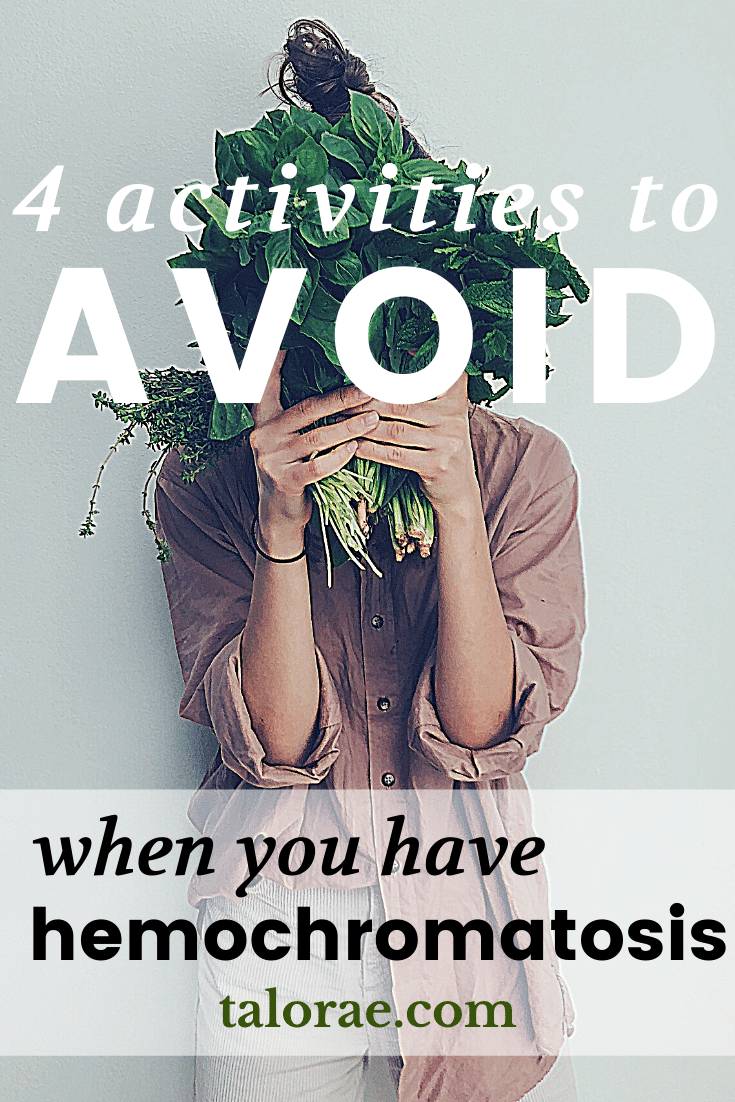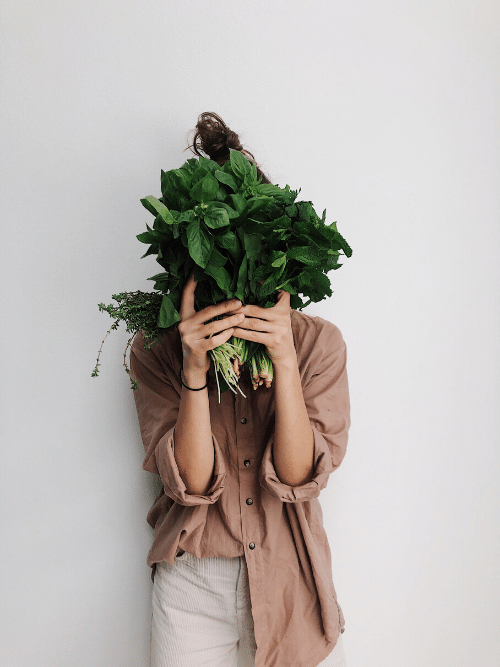Heads up! I’m NOT a doctor or nutritionist. I’m not giving you any medical advice or dietary recommendations here. Check with your doctor before you make any changes to your lifestyle, diet, or supplement regimen.
If you’re anything like me, you work hard to educate yourself on hemochromatosis and to “stay on top of it”– you get routine phlebotomies and you regularly test your iron levels.
Even with treatment and awareness, controlling your iron levels can feel confusing. Things you never even thought about before you had hemochromatosis are now on your mind every day. You ask yourself questions like – What am I doing that could be increasing my iron levels? How do I keep my crabby joints from acting up? What’s the best way to keep inflammation low? How do I protect myself from illness? How do I prevent organ damage and disease caused by iron overload?
I’m with you. Iron is on my mind…a lot.
As I’ve explored the answers to my questions on iron, I’ve stumbled across info that has really caught me off guard. I discovered four activities I was taking part in all the time. These were potentially unhealthy activities for someone with hemochromatosis that I hadn’t been paying attention to when I should have.
I realized that in order to balance my iron levels and protect my health, I would need to watch out for these four activities. Check ’em out – they might surprise you.
And I gotta say it, don’t forget to check with your doctor before you make any changes to your diet or lifestyle.
1. COOKING WITH CAST IRON

Have you thought about how your pots and pans can influence the vitamin and mineral levels of your food? Certain materials in cookware actually leach into your food.
I’m talking specifically about cast iron.
One study found that the iron content of foods cooked in cast iron pots increased by 16.2%. Another study noted that iron status increased in infants fed food cooked in iron pots. The study concluded that “iron added to food cooked in iron pots is bioavailable.”
That’s why doctors, medical schools, and hemochromatosis organizations advise anyone with hemochromatosis to do away with their cast iron pots and pans. Now’s the time to donate your cast iron to your friends or the local Goodwill.
In case you’re curious (because I was), cast iron adds non-heme iron to food, as opposed to heme iron. While non-heme iron is the better type of iron for someone with hemochromatosis because it’s less easily absorbed by your digestive system, if you’re able to avoid it in excess by changing over to ceramic or glass cookware (both of which are are recommended by The Iron Disorders Institute) then you’ll be setting yourself up for better health.
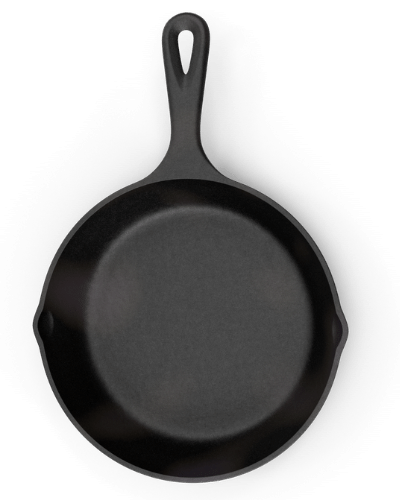
BOTTOM LINE
Cook your food using pots and pans that are not made out of cast iron. Ceramic and glass cookware are best according to The Iron Disorders Institute.
2. PAIRING THE WRONG FOODS TOGETHER
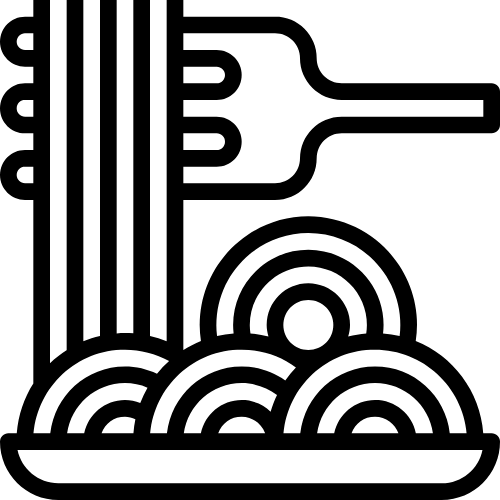
Let’s say you want to make fajitas. Popular fajita recipes include ingredients like bell peppers, steak, and tortillas.
Having hemochromatosis, you’ll need to analyze your grocery list for fajita night. You’re looking for two things:
- Foods that are high in iron. Certain foods contain a lot of iron (some examples include grains that have been enriched or fortified, high-protein foods like beans and meat, dark leafy vegetables).
- Foods that increase your iron absorption. This is a little tricker to understand – these foods may not be high in iron themselves, but they contain nutrients that make your gut absorb greater amounts of iron from other ingredients in your meal (some examples of these “iron-enhancers” include vitamin C, acidic foods, beta carotene, animal protein, and alcohol).
Now, it’s inevitable that you’re going to eat high iron foods. It’s also bound to happen that you will eat foods that enhance iron absorption.
That’s just life. Many of those foods are part of a healthy, well-rounded diet.
Your goal is simple: don’t combine #1 and #2 if you have other options.
If you’re eating high iron foods, pair them with ingredients that hinder your iron absorption, not help it!
and…
If you’re eating foods that increase your iron absorption, pair them with low iron foods.
Looking at the fajita ingredients above, here are some red flags you’ll want to take into consideration before you finalize your recipe:
- Bell peppers are high in vitamin C (one green pepper contains around 100 mg vitamin C, about the same amount as an orange). Vitamin C increases your iron absorption rate. According to the Iron Disorders Institute, when someone pairs their meal with 100 milligrams of vitamin C, they absorb 4.14 times more iron from their food. If you want bell peppers in your fajitas, try to keep the iron content from the other ingredients low.
- Steak (and all red meat) is much higher in iron compared to other protein sources. 4 ounces of steak contains 2.8 mg iron, whereas 4 ounces of chicken contains .52 mg iron, and 4 ounces of firm tofu contains around 1.3 mg iron (FYI – tofu contains soy protein which actually blocks iron absorption). Choosing a protein other than steak will help to keep your iron levels low.
- Flour tortillas can be enriched with iron, depending on the country where you live. In the U.S., many brands of wheat flour are enriched with iron, so you might want to look for corn tortillas instead, and make sure you read the ingredient list to check if iron has been added.

And we could discuss the pros and cons of plenty more ingredients on our fajita grocery list! To learn more about which foods you’ll want to avoid and how best to pair foods, go to 11 foods to avoid when you have hemochromatosis.
BOTTOM LINE
Pairing the wrong foods together can increase your iron levels. Avoid combining high iron foods with ingredients that increase your iron absorption.
3. HEATING UP DARK LEAFY GREENS

Dark leafy greens like spinach and chard contain a significant amount of iron. But don’t worry, you can eat them. In fact, you can eat A LOT of them. Your body will only take in a very small amount of iron from these plants, making them a great choice of food for a person with hemochromatosis.
How can this be?!
Dark leafy greens also contain unique plant chemicals that BLOCK iron from getting absorbed by your gut.
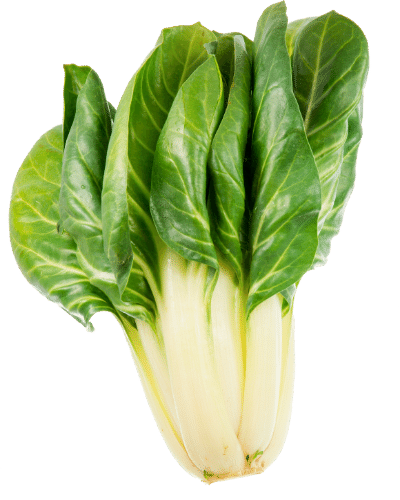
It’s no surprise then that dark leafy greens are not just allowed, but recommended as part of the hemochromatosis diet by doctors and organizations, including:
1. The Iron Disorders Institute
There’s one important rule to remember when eating greens: RAW.
The current consensus among experts like Dr. Eric Lewis is that when you heat up these greens – whether by sautéing, steaming, boiling, grilling, or baking – the plant chemicals that prevent you from absorbing iron eventually break down. The iron inside the plant’s cells then becomes more bioavailable to you. To put it simply, when you eat cooked greens you absorb more iron than when you eat raw greens.*
BOTTOM LINE
Eat your dark leafy greens raw and you’ll absorb hardly any iron. If you cook your greens, you make iron in the plants more bioavailable.*
*If you’ve read my spinach post, then you know I’m not totally sold on the idea that cooking dark leafy greens increases iron bioavailability, simply because I can’t find a good study on it! But a lot of websites say that’s the case…if you know of a study supporting this idea, please send it my way!
4. WALKING BAREFOOT AT THE BEACH

Now this might seem pretty weird. But it’s super important. You need to be extra careful at the beach! And I’m not talking about sunscreen.
While you probably already know you should avoid raw seafood and shellfish because of the flesh-eating Vibrio Vulnificus bacteria that can be lethal in people with hemochromatosis, did you know walking on the beach is just as dangerous?
The shells of shellfish that wash up on the beach also contain Vibrio Vulnificus. That’s why walking barefoot on the beach can be unsafe. If a shell cuts into your skin and the bacteria makes its way into your bloodstream, you could be putting yourself at risk for this fatal illness (that has a 50% mortality rate in people with hemochromatosis).
BOTTOM LINE
To avoid Vibrio Vulnificus, wear shoes at the beach if you’re not on soft sand.
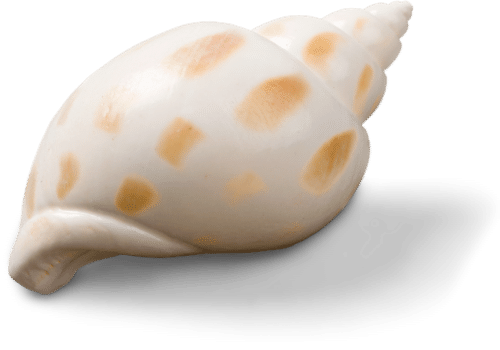
FINAL THOUGHTS
To sum it all up, the four activities you may need to avoid if you have hemochromatosis are:
- Cooking with cast iron
- Pairing the wrong foods together
- Heating up dark leafy greens
- Walking barefoot on the beach
What do you think? Did any of those activities surprise you? Let me know – send me a message or comment below! And I’m wishing you the best on your journey to healthy iron levels.
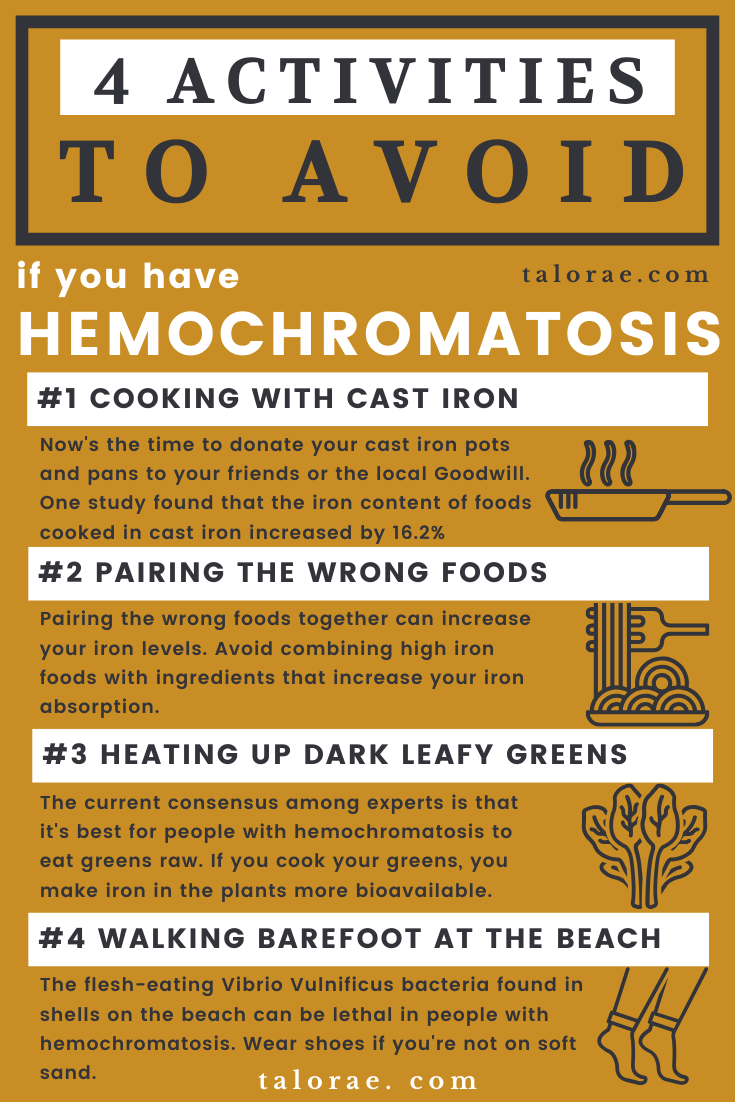
The views expressed in this post are for informational purposes only. This post is not, nor is it intended to be, a substitute for professional, medical, or nutritional advice, diagnosis, or treatment, and should never be relied upon for professional, medical or nutritional advice, diagnosis, or treatment.
No content on talorae.com, including but not limited to pictures, graphics, videos, and text, may be republished or distributed, for financial gain or not, without my written permission.
As an Amazon Associate I earn from qualifying purchases. The above content may contain affiliate links, meaning I do get a commission when you make a purchase through those links. There is no additional cost to you. Please read my disclaimer for more info.
